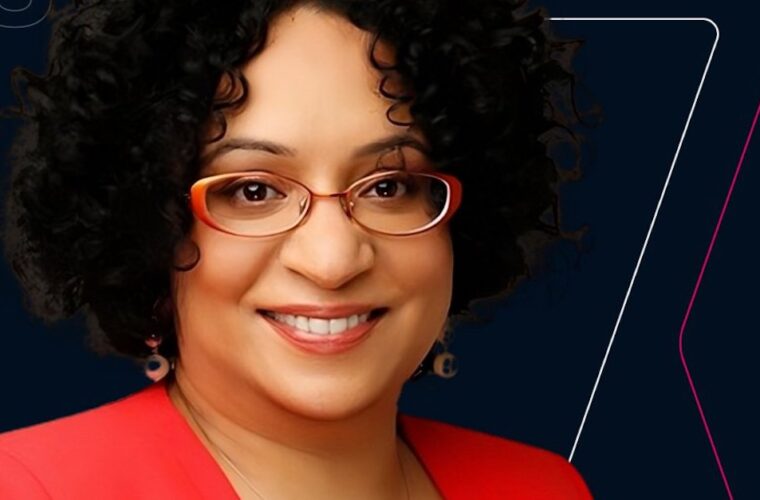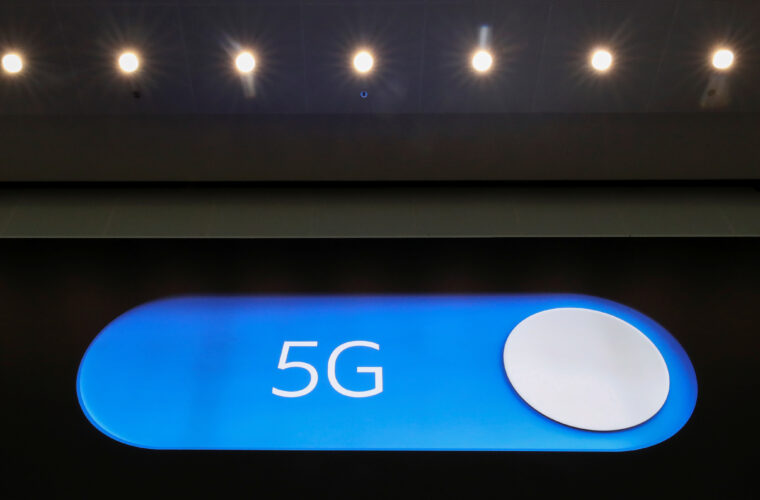The global 5G in aviation market is projected to grow from USD 0.54 billion in 2021 to USD 9.92 billion in 2028 at a CAGR of 47.03% in 2021-2028.
After a serious crisis in aviation, there are now new plans ahead. The major factors driving the revenue growth of the market include increasing technological advancements in Internet of Things (IoT) technologies, the rapidly growing number of connected devices, and the adoption of advanced technologies and solutions across sectors and industries worldwide.
The COVID-19 epidemic has led to an increasing focus on new technologies such as 5G, Wi-Fi 6 and artificial intelligence (AI) across all sectors.
Aviation Sector
In 2020, the aviation sector was one of the industries hardest hit by the COVID-19 pandemic. Factors such as global travel restrictions and fewer aircraft movements were responsible for the sharp decline in market growth.
Market participants and service providers in the aviation industry are therefore looking to new technologies that can revitalize the sector. Such a promising technology seems to be 5G in the aviation market to increase efficiency and improve the in-flight experience.
The global 5G in aviation market is projected to grow from USD 0.54 billion in 2021 to USD 9.92 billion in 2028 at a CAGR of 47.03% in 2021-2028.
5G networks provide ultra-fast data, and the main improvement of 5G networks is the flexibility to support multiple devices and connected systems.



Of course, there are restraints related to the developments such as their costs and the issues related to sharing spectrum bands. This might slow down the process, but will not stop it.
The new technological changes will enable more efficient use of different components and devices. It is expected to be another key driver for future revenue growth in the 5G aviation market among others.
AR & VR
Expanding the technical scope of aviation Internet of Things along with Augmented Reality (AR) and Virtual Reality (VR) concepts is the main object of 5G in the aviation market. 5G in aviation has a tremendous potential of integrating digital technology with mass utilization, hence leading to the market growth of 5G in the aviation market. 5G will enable advanced technologies such as wireless temperature sensors, in-flight entertainment and faster baggage tracking through biometric passenger screening.
It will also enable high bandwidth content delivery to multiple passengers simultaneously. 5G will also make the transition between taxi, home, cabin and airport terminal easier than ever. It will also drive the rapid adoption of 5G in aviation applications and support significant market growth.
5G will be used for high-speed connectivity to improve the operation of aircraft, whether for military operations or the aviation 5G market. It will account for $309.8 million by 2028. 5G will also improve communications in the aviation market for emergency air traffic management. Also, it will accelerate the provision of passenger baggage transport and tracking services, including the introduction of facial recognition for security purposes.
AI combined with 5G will enable the solution of important problems at airports. Such as the biometric matching of passengers with their real luggage, allowing AI to detect wrinkles, scratches and material characteristics to distinguish between identical luggage and match it with the right passenger. The AI-powered computer vision will also continuously scan gate areas to detect capacity problems with carry-on baggage on board and allow the crew to act accordingly before boarding.



